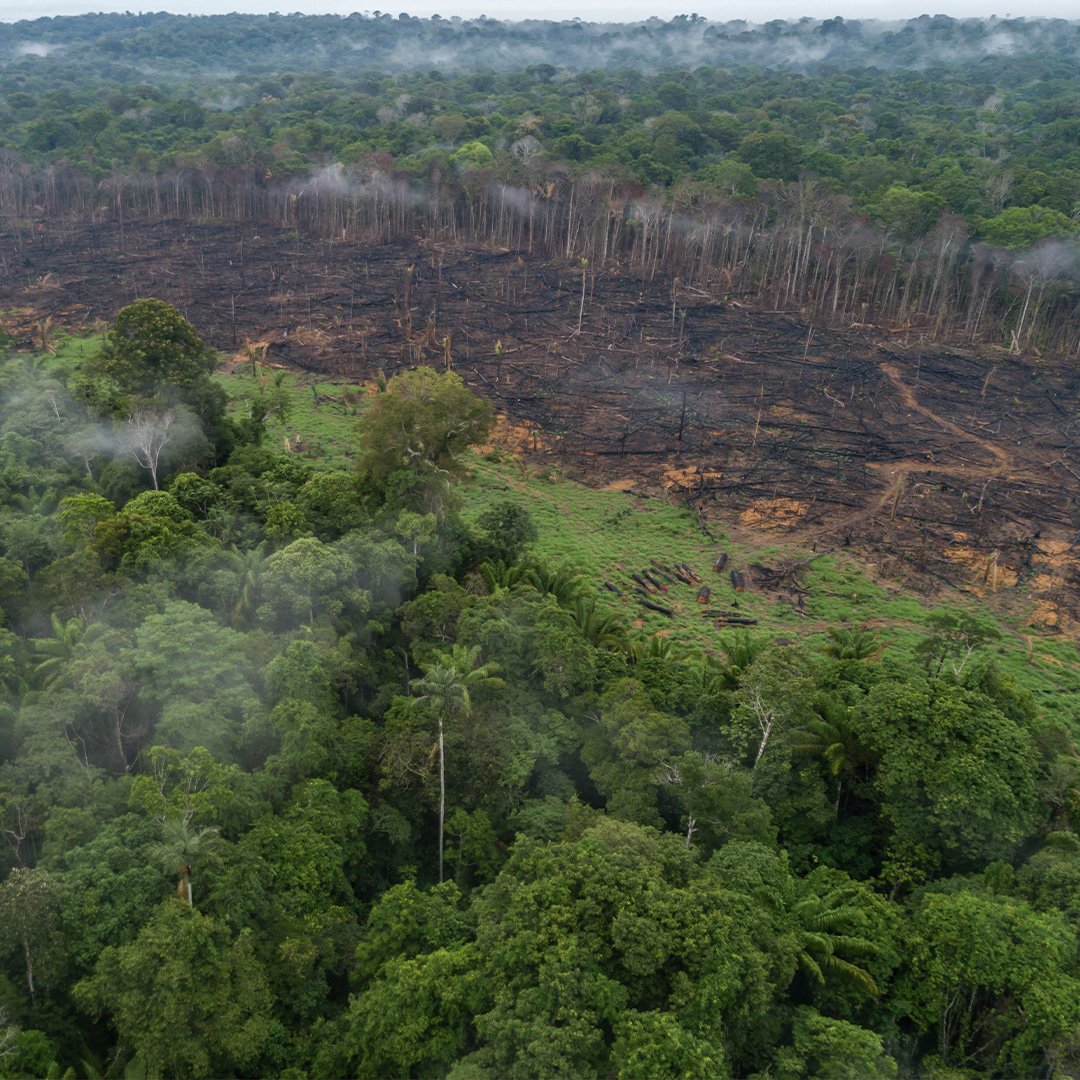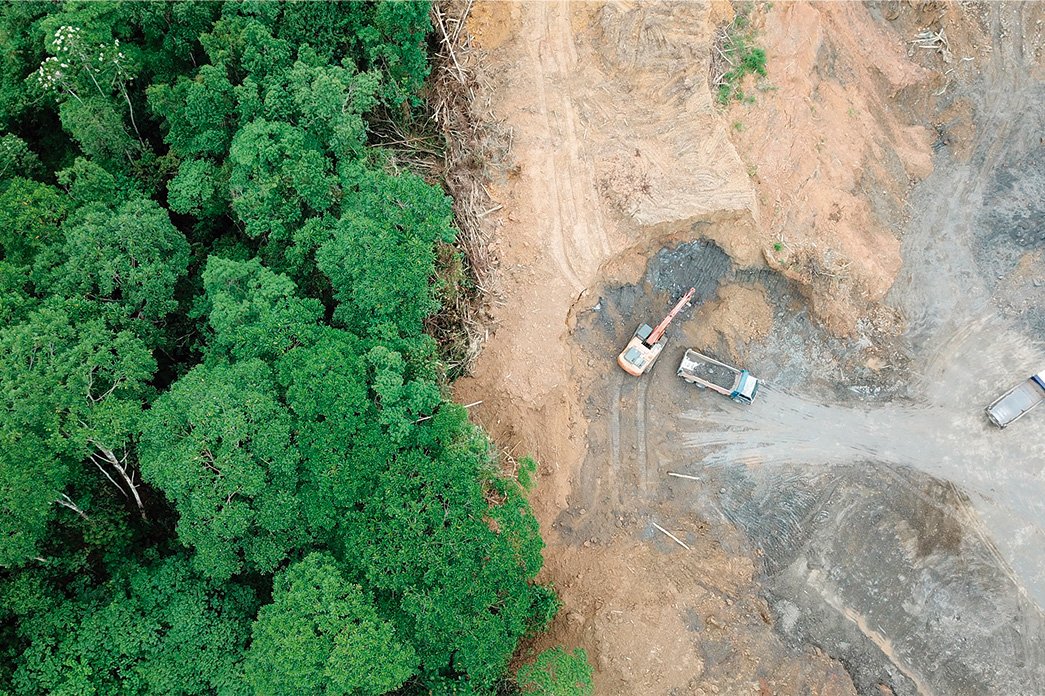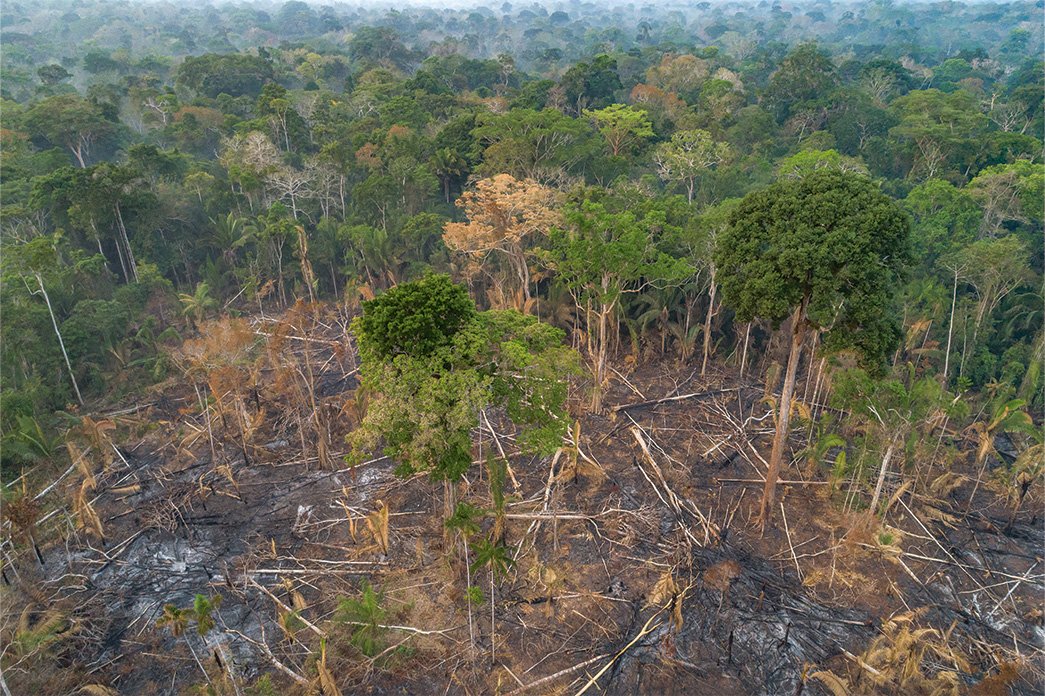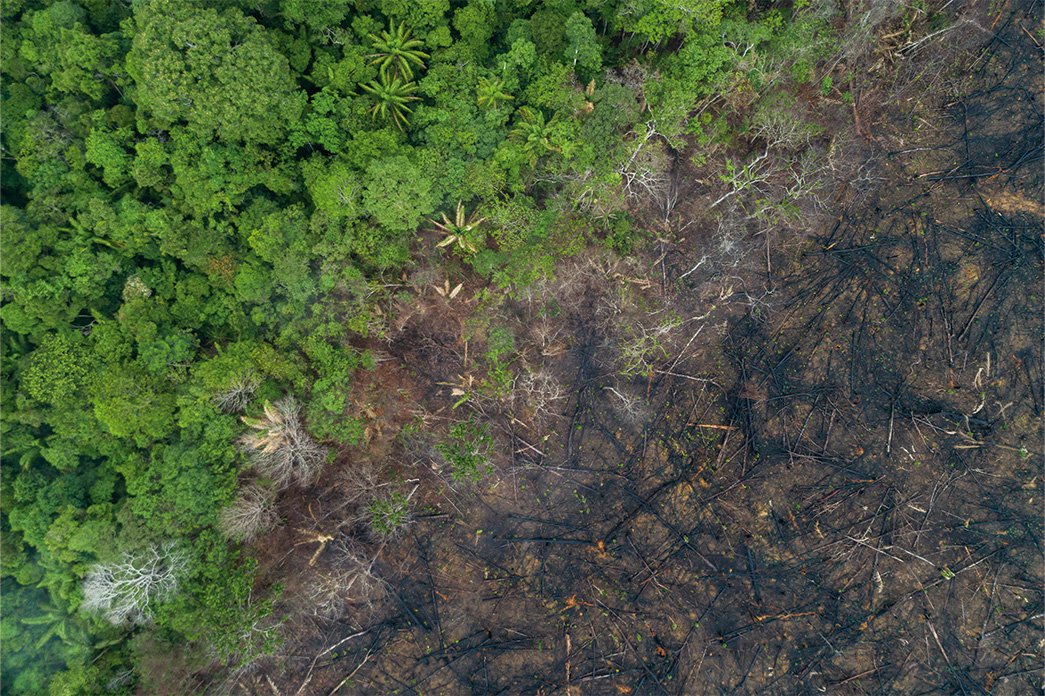
A silent forest, without wolves, lynxes or bird nests. A green space
without green, or yellow, or blue, a forest without life. This is the result of
deforestation: death. The Amazon, the world’s largest tropical forest, contains
approximately 10% of the planet’s biodiversity, but in the last 50 years it has
lost 20% of its territory and is constantly on alert due to deforestation. In
Indonesia, three orangutan species are at risk of extinction as a result of
deforestation. Last year, the World Wide Fund for Nature (WWF) reported that between
2004 and 2017 approximately 43 million hectares of forest were lost globally
thanks to deforestation. Scientists fear that this problem will lead the way to
the next pandemic, as it could trigger the spread of infectious diseases.
According to the Proceedings of the
National Academy of Sciences study, between 2003 and 2015, a 10% annual
increase in forest loss led to a 3% increase of malaria cases. With the onset
of uncontrollable proportions, from year to year, the world has been forced to
uncross its arms. The change came from the exorbitant and alarming figures that
the press communicated to the world, from the speeches of scientists,
presidents and environmentalists, it
came from the fear for the future and from the risk of future generations
living in a world without colour and engulfed in diseases.
Europe is one of the main drivers of deforestation
Europe is one of the main drivers of deforestation







